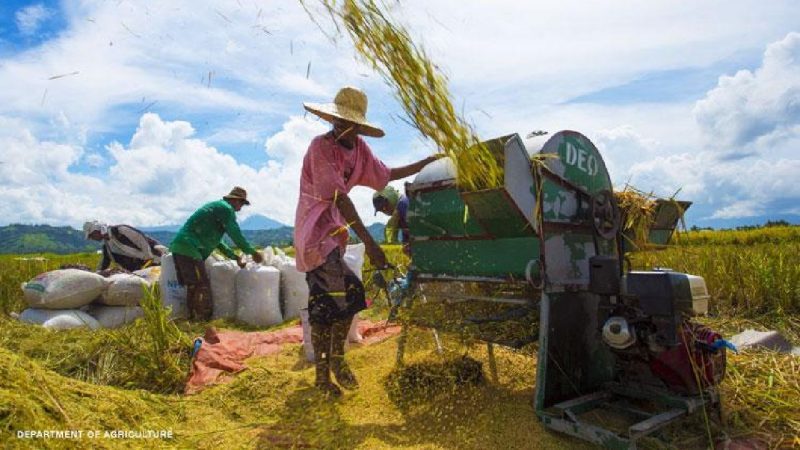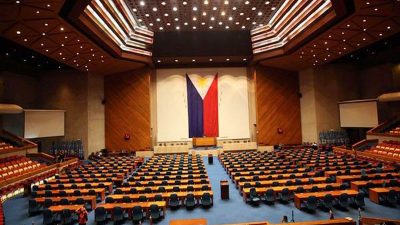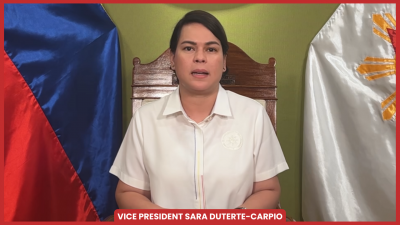The Department of Agriculture (DA) reassured the public on Wednesday that the country’s rice supply remains sufficient, despite the challenges faced by the agricultural sector in the wake of recent typhoons.
Agriculture Undersecretary Leocadio Sebastian stated this during a press briefing, “We have an ample supply for the upcoming months. We are currently in the midst of the planting season, with anticipated harvests in August and September.”
Sebastian emphasized that the Philippines’ rice inventory is well-stocked, thanks to the 5.7 million metric tons (MT) of “palay” harvested during the dry season, coupled with an additional 1.9 million MT of imported rice.
Earlier, Agriculture Undersecretary Mercedita Sombilla had mentioned that the country’s rice reserves were projected to last for 39 days, which falls short of the mandated 60-day supply.
Contrary Views
However, Raul Montemayor, the national manager of the Federation of Free Farmers (FFF), expressed skepticism about the sufficiency claim. He noted that the current stocks are projected to last only until September, and the next local harvest won’t be until October.
Montemayor cautioned, “While imports can help bolster the rice stocks, it carries some risk due to the elevated international prices and decreasing import availability.”
Sombilla announced on Tuesday the scheduled importation of 1.3 million MT of rice to supplement the country’s reserves.
She highlighted the withdrawal of Russia from the Black Sea Grain Initiative, India’s ban on non-basmati white rice exports, and the El Niño phenomenon as potential threats to rice supply stability in the Philippines.
Senator Mary Grace Poe lamented the timing of the export ban amid flood-ravaged fields caused by typhoons and monsoons.
Global Ramifications
In 2022, the Philippines imported 3.79 million MT of rice, primarily from Vietnam, which contributed 3.16 million MT. Other significant sources included Myanmar, Pakistan, and Thailand.
Although the Philippines only procured 10,045 MT from India, the world’s largest rice exporter, Senator Poe noted that the export ban’s ripple effects are felt worldwide.
Senator Poe elaborated, “The global rice market is likely to see an increase in prices due to speculation caused by the decline in supply from the largest rice exporter.”
Data indicated that India’s ban primarily affected non-basmati rice, constituting around 81.2 percent of its total rice exports.
Senator Poe highlighted the impact on Vietnam, which supplies over 90 percent of the Philippines’ rice imports. The country has already raised its price from $500 to $600 per MT.
Future Prospects
Senator Poe mentioned President Ferdinand Marcos, Jr.’s intention to establish a rice import agreement with India. She remarked, “We wish him success, considering the expected high demand. Other countries, such as Bangladesh and Nepal, will likely be among the first to seek rice from India.”
Senator Poe, the author of the “Masustansyang Pagkain sa Batang Pilipino Act,” which provides nutritious meals to public school students, acknowledged that rice consumption remains high among Filipinos due to cultural influences.
Statistics from the Philippine Statistics Authority revealed that the country is 81.5 percent self-sufficient in rice, necessitating significant imports.
Senator Poe concluded by expressing her anticipation for reviewing the Department of Agriculture’s proposed 2024 budget. She stressed the need for effective allocation to support rice farmers and enhance the agricultural sector’s performance. (ai/mnm)







